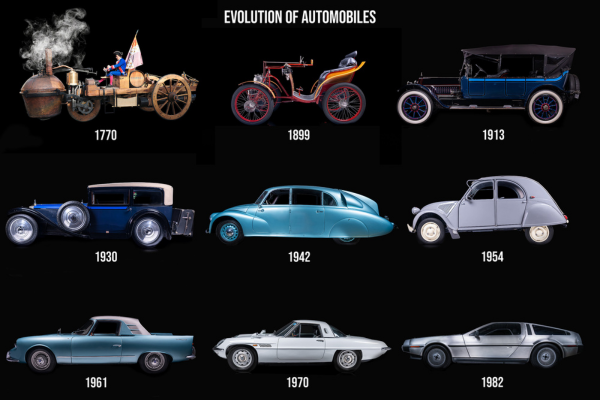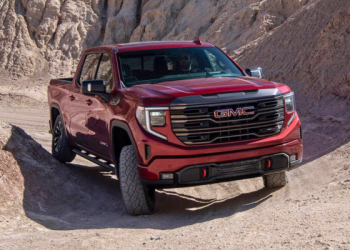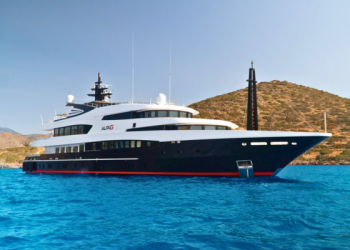By Daramola Ifeoluwa
Transportation has always been an essential part of human progress, and nothing captures our collective imagination like the machines on wheels and rails. From the earliest cars to powerful motorcycles and iconic trains, these machines have transformed how we live, work, and connect. Here, we take you through an exciting ride across history, innovation, and surprising facts about cars, bikes, and trains that will surely captivate any transportation enthusiast.
Cars: The Revolution on Four Wheels
The First Car: Karl Benz’s Legacy:
The first practical automobile was the “Benz Patent-Motorwagen“, built by Karl Benz in 1886. It marked the beginning of the automotive era, capable of reaching a top speed of 16 km/h (10 mph). Though humble by today’s standards, it set the stage for an industry that now boasts cars exceeding 300 mph.
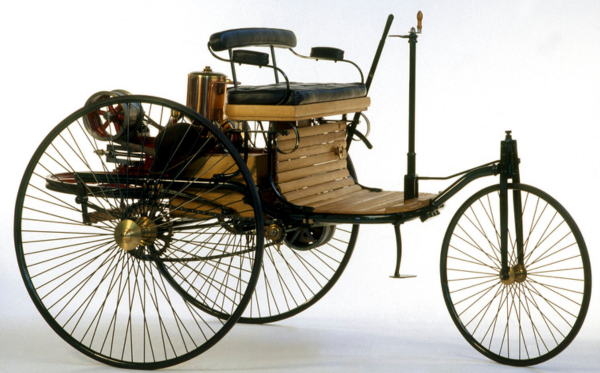
The automobile revolutionized society, spurring the creation of highways, promoting urban expansion, and changing how we design cities.
The Fastest Car in the World: Bugatti Chiron Super Sport 300+

The Bugatti Chiron Super Sport 300+, with a top speed of 304 mph, currently holds the record as the world’s fastest production car. Introduced in 2019, the Chiron’s blistering pace demonstrates how far automotive technology has advanced, and how manufacturers like Koenigsegg and Hennessey constantly push boundaries to claim speed supremacy. These high-performance cars not only break records but also influence innovations that trickle down to everyday vehicles, enhancing safety and efficiency.
The Longest Car in the World: The American Dream Limousine
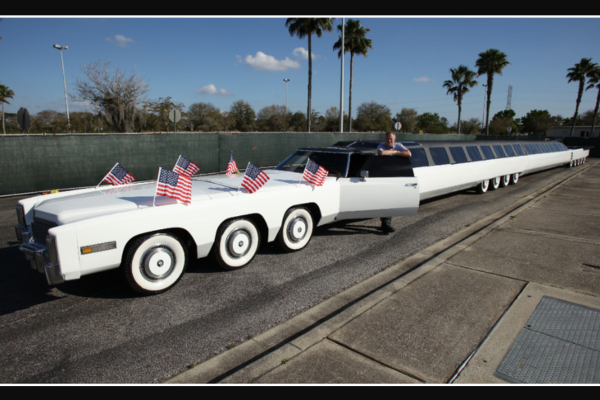
In the world of automotive eccentricity, the American Dream limousine, crafted by Jay Ohrberg in the 1980s, stands out. Measuring an incredible 100 feet long, it holds the Guinness World Record for the longest car. With features such as a swimming pool, helipad, and room for over 70 passengers, this extravagant vehicle reflects our cultural desire for luxury and excess. It’s a symbol of the lengths to which customizers go to transform an ordinary car into something extraordinary.
Car Colors: From Vibrant to Minimalist
In the early days of automobiles, colours like yellow, green, and pink were popular. Henry Ford, however, famously restricted the Model T to just one colour: black. This shift from vibrant hues to the more subdued palette of white, black, and grey reflects changing consumer preferences and the automotive industry’s adaptability. Today, vibrant car colours still make a statement, but the overall trend leans towards minimalism.
The Air-Powered Car: Tata Motors’ Vision for Sustainability

As the world seeks more eco-friendly solutions, innovations like the Tata Air Car stand out. Developed by Tata Motors in India, this car uses compressed air to run its engine, offering a glimpse of a future where cars might run on air instead of gasoline. With growing environmental concerns, such advancements are crucial to reducing carbon emissions and dependence on fossil fuels.
Motorcycles: Speed, Freedom, and Innovation
The First Motorcycle: The Reitwagen
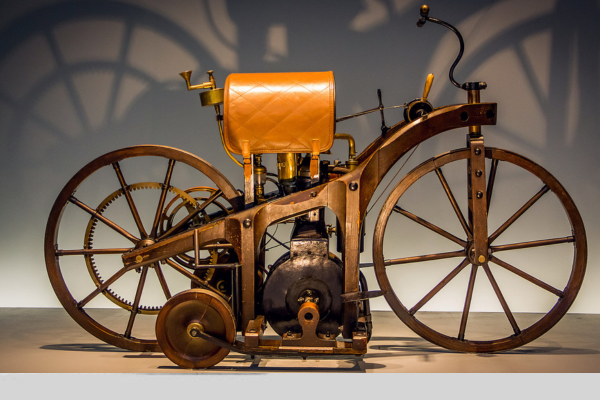
In 1885, Gottlieb Daimler and Wilhelm Maybach created the world’s first motorcycle: the Reitwagen. Powered by a single-cylinder engine, it was the first two-wheeled machine to achieve self-propulsion. Though rudimentary, the ‘Reitwagen’ laid the foundation for the powerful motorcycles we know today.
The Fastest Motorcycle: Dodge Tomahawk
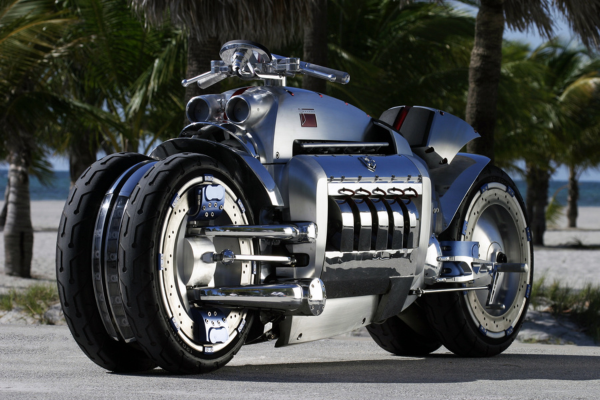
While it was never mass-produced, the Dodge Tomahawk concept bike remains one of the fastest motorcycles ever built, with an astounding theoretical top speed of 350 mph. Powered by a V10 engine from the Dodge Viper, this bike exemplifies the extreme lengths manufacturers will go to in creating high-performance vehicles.
Unusual Bike Designs: The Monowheel
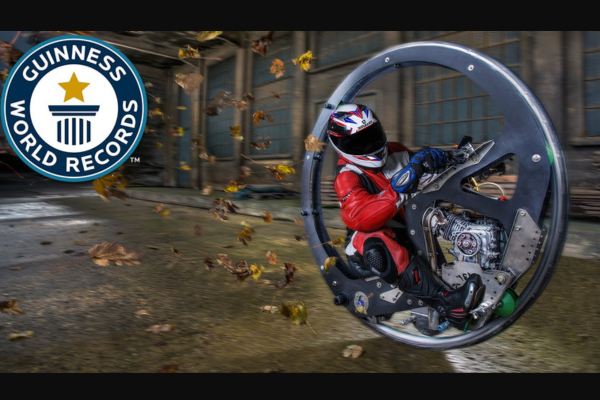
The monowheel, a bike with a single large wheel encircling the rider, was a peculiar invention from the early 20th century. Though not practical for everyday use, it continues to fascinate as a spectacle in exhibitions and events, embodying human creativity and a playful approach to transportation design.
Most Expensive Bike Ever Sold: Cosmic Starship Harley Davidson
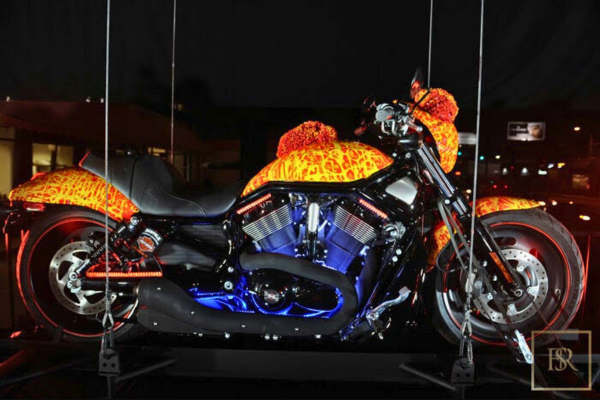
The Cosmic Starship Harley Davidson, painted by artist Jack Armstrong, holds the title for the most expensive motorcycle ever sold, fetching a jaw-dropping $3 million. This unique bike merges the world of high-performance machines with art, underscoring how motorcycles can also serve as moving pieces of creative expression.
Motorcycles as Symbols of Freedom
From the rebellious spirit of the 1950s, when movies like The Wild One featured Marlon Brando on his motorcycle, to today, bikes continue to symbolize freedom and independence. Motorcyclists form tight-knit communities that embrace the thrill of adventure and the open road, representing a timeless connection to freedom and rebellion.
Trains: Tracks of Innovation and Luxury
The First Steam Train: George Stephenson’s Locomotion No. 1

In 1825, George Stephenson revolutionized transportation with the creation of the Locomotion No. 1 steam engine. Though its top speed was just 15 mph, it was a breakthrough, helping to shape industrial-era travel and trade. The steam engine transformed economies by enabling the rapid movement of goods over long distances.
The Fastest Train in the World: Shanghai Maglev
Currently holding the title of the world’s fastest commercial train, the Shanghai Maglev reaches a top speed of 267 mph. Using magnetic levitation (maglev) technology, it hovers above its tracks, reducing friction and allowing for extraordinary speeds. Maglev trains showcase the power of innovation in transforming public transport.
Luxury Trains: The Elegance of Rail Travel
Trains like the Orient Express and Royal Scotsman redefine luxury travel. These luxury trains offer world-class dining, plush suites, and breathtaking views, turning the journey into an unforgettable experience. They symbolize the idea that sometimes, the journey is just as important as the destination, inviting passengers to immerse themselves in elegance and tranquility.
The Longest Train Journey: From Portugal to Vietnam
A continuous train route from Portugal to Vietnam spans an impressive 17,000 kilometers (10,563 miles). This lengthy journey not only crosses diverse cultures and landscapes but also connects distant parts of the world, offering travelers a rare perspective on the geography and unity of the world through rail.
Train Robberies and Wild West Legends
In the 19th century, trains were often targeted by outlaws, leading to the infamous train robberies of the American West. Figures like Jesse James and Butch Cassidy became legends, and their daring heists inspired countless stories and films. These robberies have become part of the folklore surrounding the golden age of train travel.
Technological Milestones in Transportation
Cruise Control: A Blind Inventor’s Legacy
Ralph Teetor, who was blind, invented cruise control after becoming frustrated with a driver who constantly adjusted the speed. Teetor’s invention is a perfect example of how personal challenges can lead to innovations that benefit society, emphasizing the importance of diverse perspectives in technological advancement.
The Rearview Mirror: A Woman’s Contribution to Safety
The rearview mirror, a standard feature in every car today, was popularized by Dorothy Levitt, one of the first female race car drivers. Levitt used it to check traffic while racing, and her innovation became a game-changer for automotive safety, illustrating how women have shaped the industry.
Safety Features: A Continuous Evolution
Modern cars come equipped with safety features like airbags, anti-lock brakes, and electronic stability control, all of which stem from decades of research and real-world testing. These innovations have drastically reduced fatalities and injuries, making cars safer for drivers and passengers alike.
Electric Cars: Paving the Way for a Sustainable Future
Electric vehicles (EVs) are fast becoming the future of transportation. Companies like **Tesla** have proven that EVs can be both desirable and efficient. With growing environmental concerns, the shift towards EVs is reducing reliance on fossil fuels and pushing the automotive industry toward a greener future.
Autonomous Vehicles: The Future of Driving
The advent of autonomous vehicles promises to change how we travel. With the ability to drive themselves, these vehicles could reduce traffic accidents, improve mobility for people who can’t drive, and reshape the transportation landscape. The ongoing development of self-driving cars is poised to make transportation safer and more accessible for everyone.
Fun and Quirky Records in the World of Transport
Most Miles Driven by a Car: The Legendary Volvo P1800
The 1966 Volvo P1800, driven by Irv Gordon, holds the record for the most miles driven by a single car. With over 3 million miles logged, it showcases the durability and reliability of well-maintained vehicles, earning its place in the Guinness World Records.
Longest Motorcycle Ride: Emilio Scotto’s Epic Journey
Emilio Scotto holds the record for the longest motorcycle ride, having traveled over 460,000 miles across 279 countries on his Honda Gold Wing. His incredible 10-year journey exemplifies the spirit of adventure that defines motorcycle culture.
The Longest Train Ever Recorded: Australia’s Freight Monster
In 2001, a freight train in Australia set the record for the longest train ever recorded, stretching an astounding 4.5 miles with 682 wagons. This remarkable feat highlights the power of trains in transporting goods across vast distances, proving that rail transport is still a backbone of global commerce.
Conclusion
The world of cars, motorcycles, and trains is filled with history, technology, and fun facts that shape how we live. From groundbreaking innovations to world records, these machines continue to evolve, offering new possibilities for the future. As we look to the future of transportation, it’s clear that these fascinating vehicles will continue to inspire and drive change.
Read more on The untold stories of the top three aircraft groundings in aviation history




